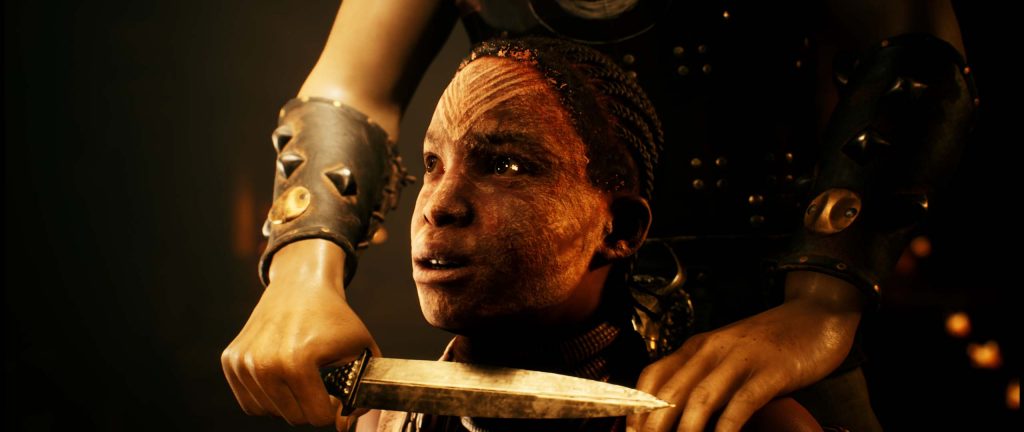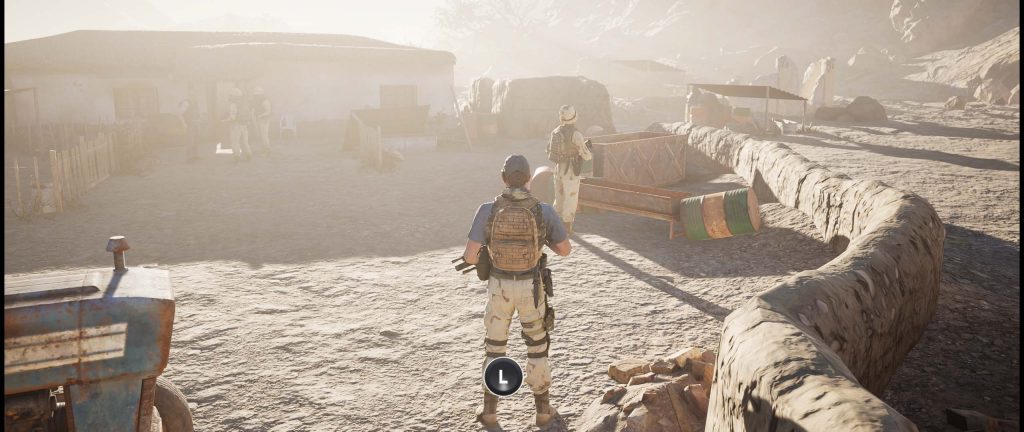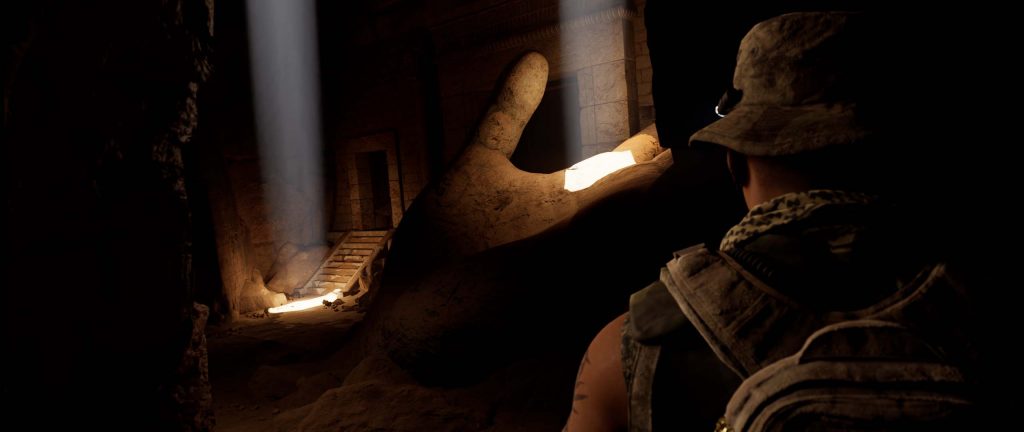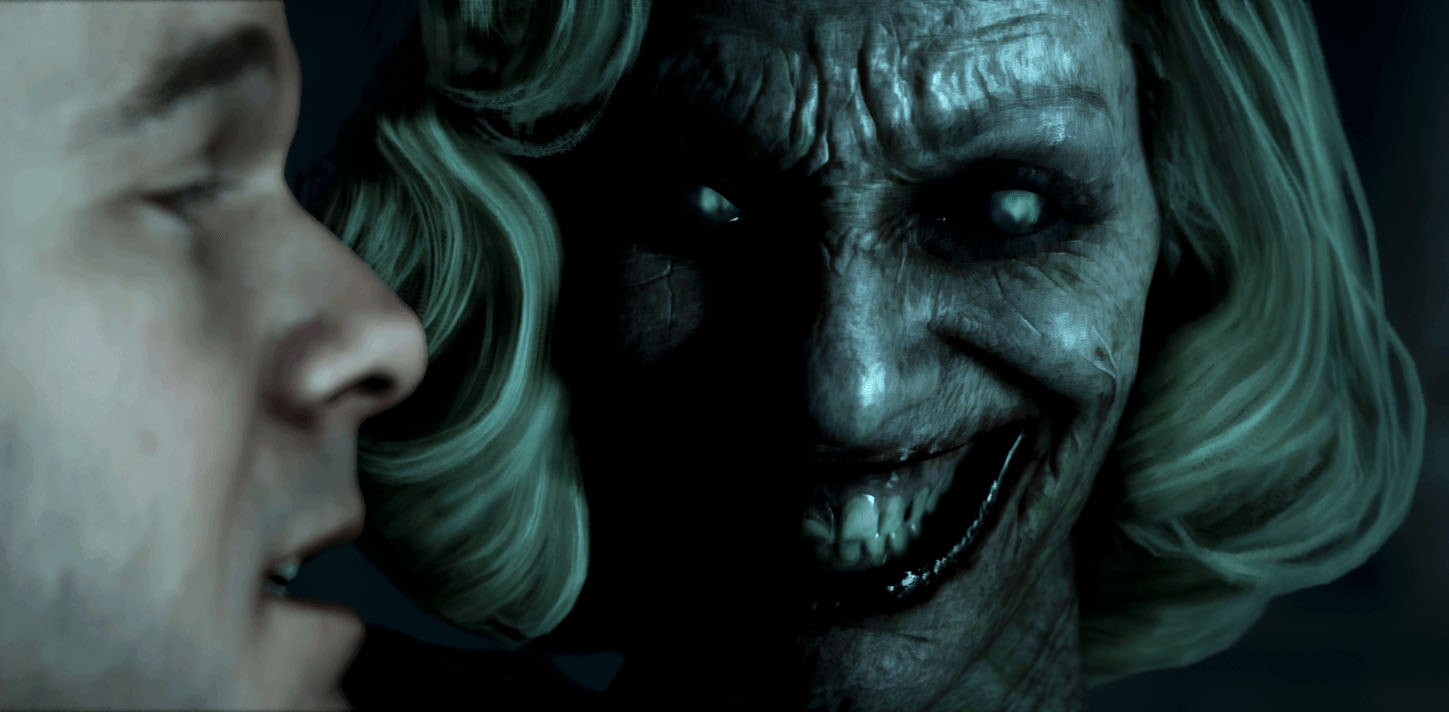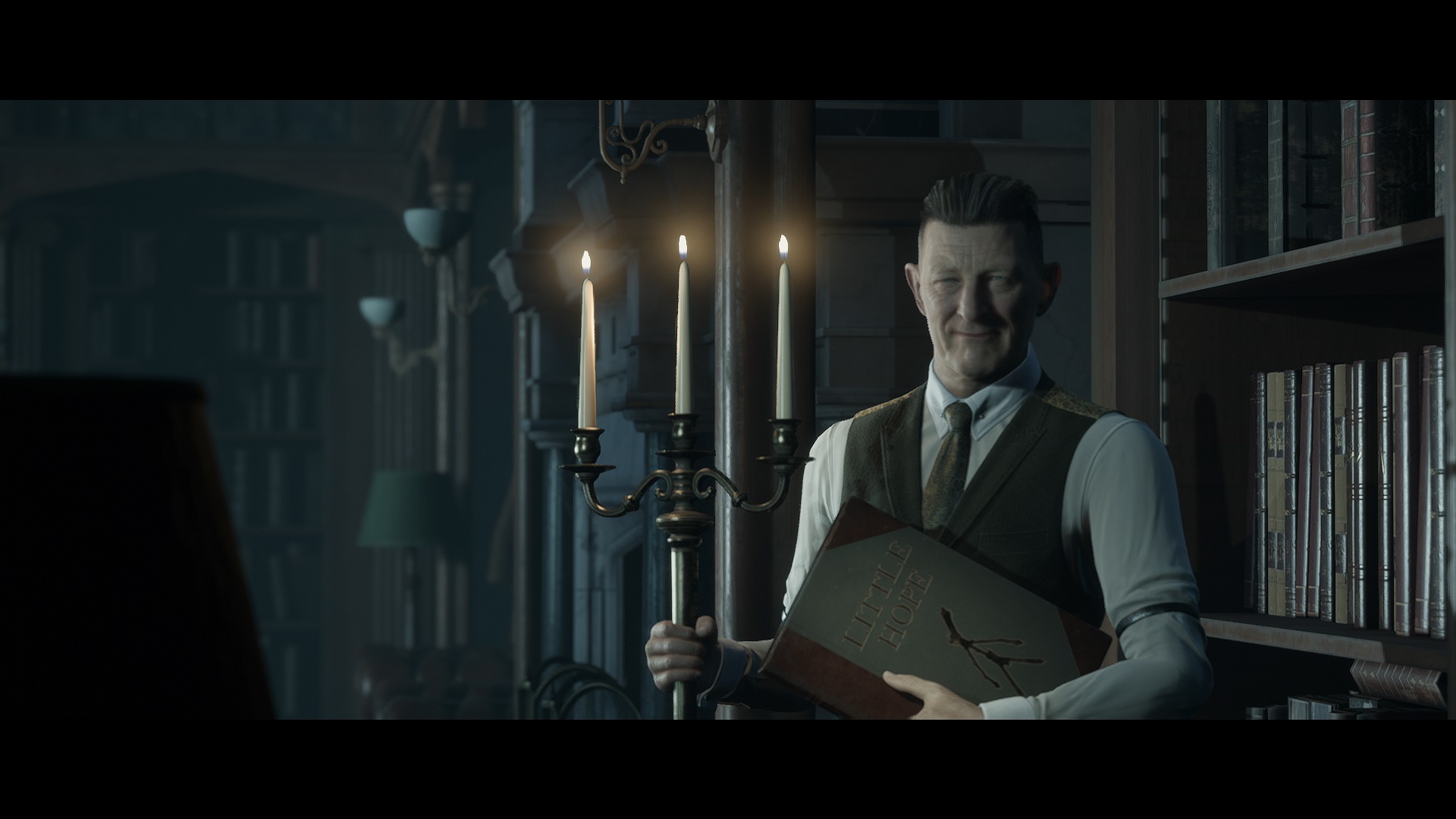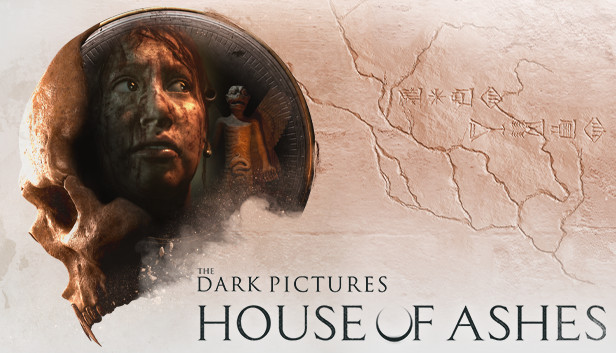
House of Ashes is the third instalment in The Dark Pictures Anthology, Supermassive Games’ now long-running follow up to their PS4 smash-hit, Until Dawn. Just like Man of Medan and Little Hope, House of Ashes is essentially an interactive movie, running for around 4-5 hours that you can experience on your own, or with friends via various multiplayer methods. It also arrives just in time for Halloween, with another spooky setup that has a much larger scope than before.
Set in 2003 during the Iraq War, George Bush has just declared Mission Accomplished, and a group of combined American CIA and military forces believe they’ve located Saddam’s WMD silos underneath some unassuming farmland. When they move in, they meet resistance from Iraqi forces until an earthquake disrupts the firefight, sending soldiers from both sides tumbling underground into an ancient Akkadian temple. The temple, built to ask forgiveness from the gods by a self-righteous king, is unfortunately also infested with supernatural creatures that were responsible for his downfall, which have now their sights set on a new batch of fresh blood.
House of Ashes openly takes influence from a variety of sources – The Descent, Lovecraft, not just Alien and Predator but Alien vs Predator as well. There’s a mish-mash of plot elements you’ve seen elsewhere brought together in House of Ashes which is not necessarily a bad thing, as Until Dawn did something similar, collecting several horror film tropes in one package with self-aware flare and charm. However, where Until Dawn had a sense of anarchic fun, House of Ashes plays things a little too straight.
A lot of time is spent in House of Ashes following around stock characters in scenarios that feel very familar, waiting for something to happen to advance the plot. While building tension and suspense is important for any horror story, it does hurt when the opening drags in a game like this which requests you to replay and see it over and over again. While there are more action-y parts in the game’s middle, which are your standard run-and-dodge affairs, the story doesn’t really come together and offer something neat until the final act, assuming you can help your characters survive that long.
There are five main characters you control in House of Ashes, mostly from the American side of the conflict, although your actions also determine the fate of other peripheral characters, some who seem to be predisposed to dying sooner rather than later. The cast is headed by Ashley Tisdale as CIA operative Rachel, who has to deal not only with having her command subverted by her separated husband, Eric, but the new romance she’s begun with younger Marine man, Nick. Some of the performances struggle to bring life to the flatter characters, although Marine meathead Jason and Iraqi officer Salim end up endearing themselves the most, not least because they have the most interesting arc, representing two perspectives on the Iraq War which drastically differ yet ultimately finding some common ground.
The gameplay remains in line with earlier episodes of The Dark Pictures Anthology, with some tweaks. A lot of the game is spent watching the many cutscenes, making choices when characters reach a decision point, which is always given as two options plus choosing to remain silent. Quicktime events can appear sometimes with warning and sometimes without, and sometimes having so little time to react that the game is obviously geared towards specific bad outcomes more likely. You can tone down the difficulty in the settings to give you more control over scenes rather than needing to react in the moment, but then again seeing the story take shape thanks to both your choices and mistakes seems like the point of the whole thing. There are also short sections where you can walk around environments and examine clues, with a newly added 360 degree camera, which is appreciated, but these scenes are generally few and far between, and sometimes on timers making your exploration feel rushed or padded out.
Intended primarily for online co-op, the game is best experienced with a friend as it divvies up the characters between the two of you, letting each control one of a pair simultaneously as you collectively make decisions about their characters. If you’re alone, then you can choose to play the ‘Theatrical Cut’, which places you in charge of who the developers’ deem to be the most relevant characters, as you play through the game. However, it is only one half the experience, and assuming you pre-ordered the game then the ‘Curator’s Cut’ will become available to you for your second playthrough, which allows you to play as alternate characters and see scenes from other perspectives that you missed beforehand. If you want to play locally, then ‘Movie Night’ multiplayer lets you pass the controller around a group of up to five players, as you take turns controlling a character each, and this mode also works well with Steam’s Remote Stream functionality, so that someone else who doesn’t own the game can jump in and play as well.
The truth is that most of your decisions don’t really affect too much, as in previous games. The broad strokes of the story remain in place, and events carry on as they must so that the writers don’t have to script out a million different tangents and variations of the plot. While there are decisions you can make that will affect character relationships, and some of their actions, there’s also quite a lot that just result in a different couple of lines and then the story moves on. The same goes for a lot of quicktime events, while some are utterly vital for keeping your character in play, there’s even more you can fail without any real consequence except for the hilarity of seeing them stumbling around. Replaying the game gives you a sense of the big key decisions you can affect, which are usually obvious or signposted, and of course influencing who and how many of your characters stay alive – as they have a quite a range of sticky ends they can come to. If a character dies earlier than expected, you will essentially miss certain scenes and information, but again the broad strokes are still in play.
To be honest, I’d more or less gotten the gist of what was going on pretty early into the story of House of Ashes, and while I enjoyed the final act, I’d explored pretty much everything I wanted to and made most of the decisions correctly that I wanted to make in my first run. There wasn’t much incentive for me to go back and play through again, except with a friend, which does get fun in a B-movie night sesh kind of way, but you’ll still be sitting through a lot of the same material just to make a different choice that ultimately doesn’t change too much.
With all that said, House of Ashes looks incredible, and is a real step up from the previous episodes on last-gen consoles. Environments look gorgeous, character models are outstanding and Supermassive have really done their homework with lighting and cinematography. The game looks, for all intents and purposes, like a big-budget Hollywood movie, and some of the depth of field and lens effects are truly impressive. When everything looks so good, it suffers a little from where the developers can’t spend their time, as main characters may emote and react realistically, but be talking to a side character who stares blankly ahead while their head moves like a PS2-era NPC. On PS5 and Xbox Series X|S, House of Ashes also supports raytracing and native 4K.
The Dark Picture Anthology: House of Ashes is an interesting story that takes a while to get going, but ultimately provides a neat take on some familiar horror concepts. It’s best played with a friend, and it’s a sure-fire killer with mates for Halloween, but your tolerance for replays to see everything the game has to offer will heavily depend on how engaging you found its characters and story. House of Ashes is a big leap into next-gen in terms of presentation, but if you’ve played either of the first two episodes, you’ll know whether you’ll be into this one.
-Incredible visuals, with great modelling, textures, lighting and cinematography -Fun with a friend to shape how a story plays out -Interesting story, with a larger scope than the other episodes
-Limited interactivity and differences between replays beyond collecting all the deaths -Beginning drags, hindering your desire to replay the short-ish experience

